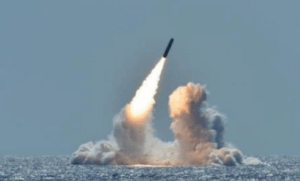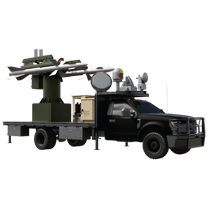
SpaceX Launch? Space Exploration Technologies Corp. (SpaceX) is reportedly going to give its scrubbed launch of AsiaSat 6 another chance early in the morning of Sept. 7, but neither the company, nor Patrick AFB, Fla., public affairs, would confirm Sept. 5 whether it would take place. SpaceFlightNow.com reported Sept. 4 the launch window would open at 12:50 a.m. EDT and run until around 4 a.m. SpaceX scrubbed its first two attempts Aug. 26-27 and denied they had anything to do with…













